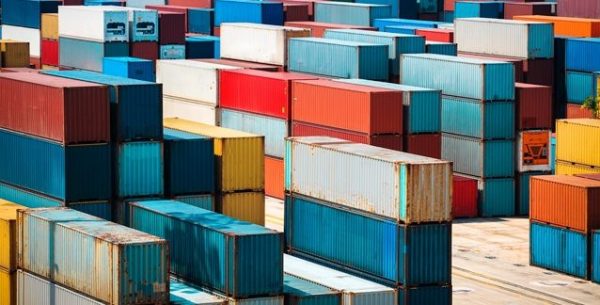According to Reuters, the Baltic Exchange’s main sea freight index showed a decrease, as continued reaching its lowest level since April 2016, impacted by weaker vessels rates across categories.
For the records, the tracks rates concerning capesize, panamax and supramax vessels ferrying dry bulk commodities dropped by 11 points, or 2.0%, to 546 , meaning at its lowest during the last three years.
Specifically:
- The capesize index decreased by 30 points, meaning 18.2%, to 135. The index registered its 32nd consecutive session of losses and also its lowest since early April.
- Average daily earnings for capesizes which typically transport 170.000-180.000 tonne cargoes including iron ore and coal, marked a fall of $140 to $4.632.
- The panamax index decreased by 18 points, or 2.6%, to 673.
- Average daily earnings for panamaxes which usually carry coal or grain cargoes of about 60,000 tonnes to 70,000 tonnes, reported a drop of $162 to $6.054.
- The supramax index shed 1 point to 542.
“The dry bulk shipping market will soften in the first quarter of 2020 before rebounding due to growth in Brazilian exports and very low fleet growth” Randy Giveans, vice-president, equity research at Jefferies said to Reuters.
Overall, in late 2019 the Baltic Exchange issued its data concerning the freight derivatives markets for both tankers and dry cargo vessel, informing of an increase in trade volumes for 2019, in comparison with the previous years which experienced swings.




























































